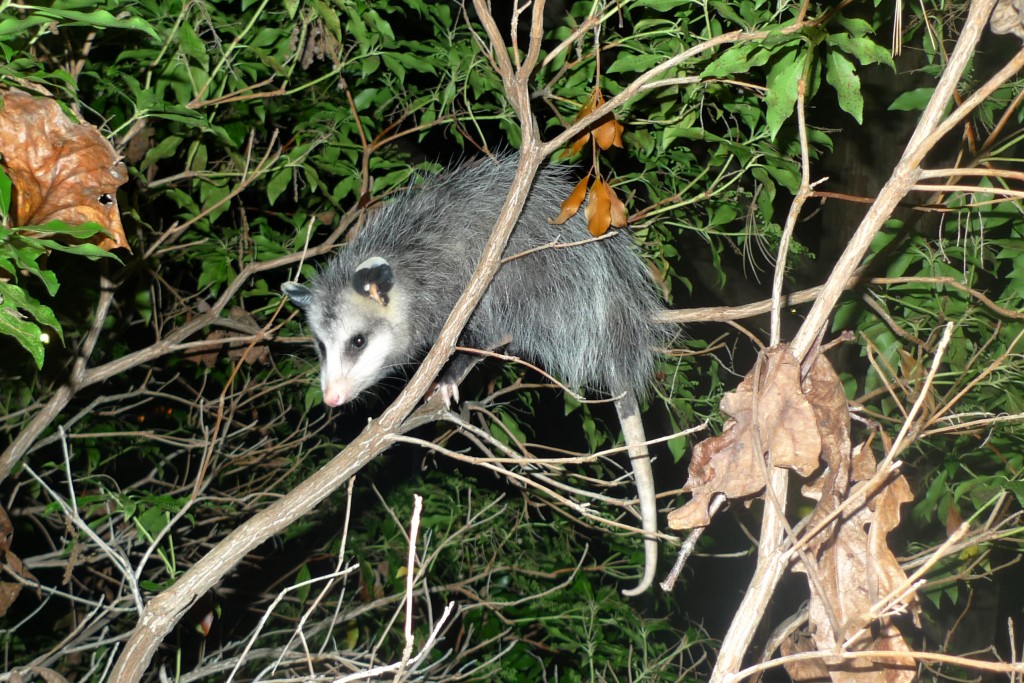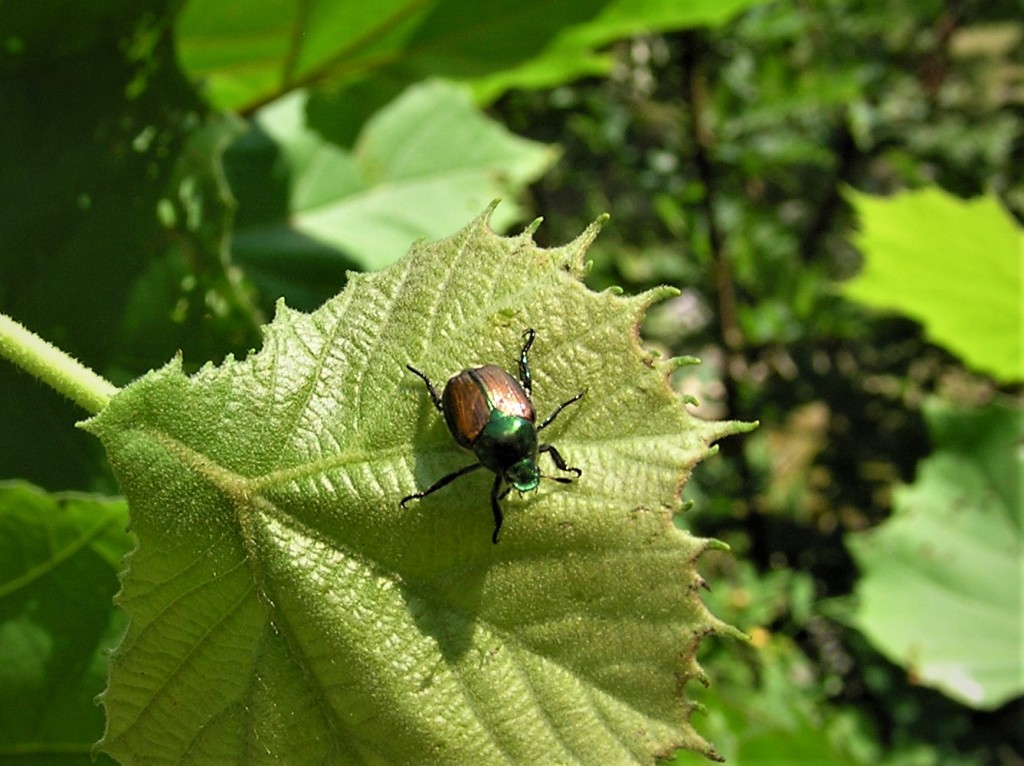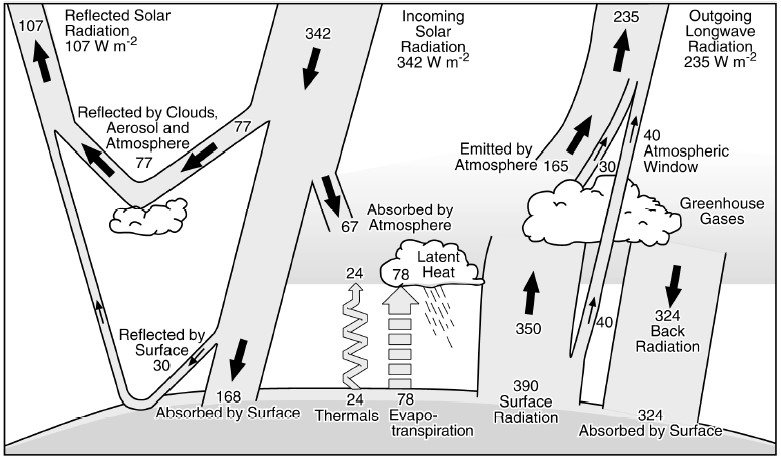See menu above or search in box at right (above on phones) for specific FLORA, FLORA, FUNGI or Other Articles of related interest (Earth science and Energy)
1 April 2024 – In early Spring the ephemeral wildflowers take advantage of the open canopy sunlight to grow and attract the pollinators they depend on. Among the most successful is the Lesser Celandine, which has become invasive in some areas. Even though it is a type of buttercup, it was named for the Greater Celandine, a poppy family flower that was widely used in Europe as a medicinal. The story of the namesake and the importance of both flowers is in the attached article Greater and Lesser Celandine.

1 March 2024 – Winter is a good time to explore the geology of the mountains. The Catoctin Formation is the most recognizable geological feature of the Blue Ridge Province of the Appalachian Mountains. Its origin as lava that flowed out of fissures in the earth’s crust is evident in the sequential cascades that solidified as they spread over the pre-Cambrian landscape about 600 million years ago (mya). The geologic story, including the movements of the tectonic plates that formed Rodinia and then Pangaea, is in the full article.

1 February 2024 – The Cardinal is one of the most admired birds in North America, honored by seven states as their avian of choice. It is clearly named for the prelates of the Catholic church. The reason that the male is scarlet red (cardinal red is darker) and the female is camouflaged in forest browns is an interesting question. A discussion of the reason for its name and its color in addition to some of its more interesting behaviors is in the article.

1 January 2024 – Happy Hemlock New Year – The fall and rise of the Eastern Hemlock is testimony to the tenacity of evergreen trees in the face of insect invasives and climate challenges. That it served as an important food for Native Americans and a medicinal tea for colonists is ironic, as it is named for the poison hemlock that was used to execute Socrates. The rest of the story is here.

15 November 2023 – Wind energy has been used for sailing ships and windmills for centuries. As a renewable energy source, it has undergone a renaissance over the last several decades in providing input to the electrical grid. How much wind power can we practically capture? The history, growth, and future prospects are in the article herein.

15 October 2023 – Opossums are the only marsupial mammals in North America; there are none in Eurasia. They are in a sense living fossils, transitional forms that link the more primitive egg-laying monotreme mammals to those with a placenta. That they thrived amid the dominant placental mammals, particularly humans, is testimony to their resilience and adaptation. This is especially noteworthy considering that they lack any form of plates or spines to protect their scrawny bodies and possess neither fangs nor claws to repel an attacker. Their most effective defense is to feign death, giving rise to the idiom “playing possum.” The long history of this unique animal/survivor in this the age of extinctions merits a closer look here.

15 September 2023 – Stinkhorns are among Kingdom Fungi’s more innovative strategies to reproduce with spores that must be disseminated. Instead of wind dispersal commonly used by mushrooms, stinkhorns attract a variety of insects (notably blow flies) to a gooey, spore-infused mass at the end of an upright shaft with a noxious smell. The insects eat the slime and deposit the spores in frass, the insect version of feces. Quite a bit more to this story.

15 August 2023 – Wineberry does not make a very good wine and it isn’t really a berry. While officially invasive in several states, this may be as much a blessing as a curse. It is a close relative of the raspberry and blackberry and equally delectable and was intentionally introduced in the 1890’s to hybridize with these existing bramble fruits to improve them. An interesting story

17 July 2023 – Jimsonweed is an elision of Jamestown Weed for the first enduring English settlement in North America. Historically, it was a key medicinal for the treatment of asthma among other ailments. It is hallucinogenic and deadly in high doses. It is one of the very few plants that produces thorny fruits to ward off herbivores. A weed for all seasons. More here

1 June 2023 – The Japanese beetle is among the most notorious of invasive species. After being unintentionally introduced to New Jersey in 1916, it has continued to spread westward, causing millions of dollars in crop damage. Its implacable reproductive and survival skills endure in the adage that the only rule that applies to Japanese beetle control is that they can’t be controlled, only coaxed sometimes to relocate. For the full beetle story.

1 February 2023 – Solar Energy is widely touted as the answer to the climate change problem. The sun radiates billions of watts, many times the supply needed to match global demand. While solar panels are important, they are limited by chemistry, physics, engineering, and economics. The details are in the article here.

1 January 2023 – Happy New Year – The issue of climate change deserves attention. It is relevant to everything that we do and is integral to hiking. A primer on the basics of the greenhouse effect and greenhouse gases is a subject that is worth knowing so that, when the subject comes up for discussion, you can better understand and become an advocated for action. The Article is entitled Greenhouse Effect and Global Warming Gases. It explains the diagram below.

